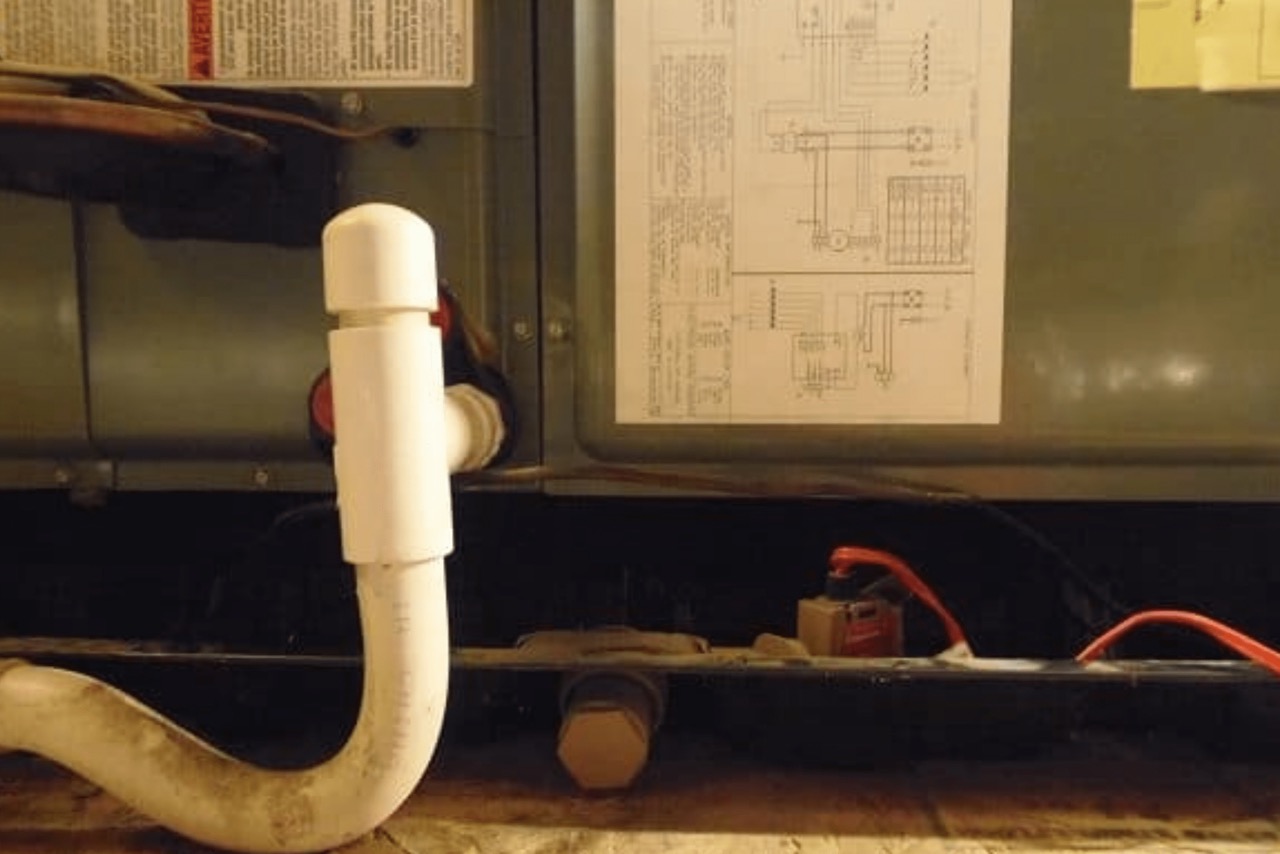

Articles
Where Do I Drain My AC Condensate?
Modified: February 26, 2024
"Learn about the proper way to drain your AC condensate in this informative article. Find out where to drain it and avoid potential issues.
(Many of the links in this article redirect to a specific reviewed product. Your purchase of these products through affiliate links helps to generate commission for Storables.com, at no extra cost. Learn more)
Introduction
Welcome to the world of air conditioning! As you enjoy the cool breeze and comfortable temperatures provided by your AC unit, there is an important aspect that often goes unnoticed: the condensate. The process of cooling the air involves removing moisture, which accumulates as condensate. Properly draining this condensate is crucial to maintain the efficiency and functionality of your AC system.
In this article, we will explore the various options for draining AC condensate and discuss the importance of proper drainage. Whether you are a homeowner with a central AC system or a business owner with commercial units, understanding the drainage process and making informed choices will help you keep your space comfortable and prevent potential issues.
So, let’s dive in and discover the world of AC condensate drainage!
Key Takeaways:
- Proper drainage of AC condensate is crucial to prevent water damage, mold growth, and ensure energy efficiency and air quality. Regular maintenance and professional assistance are key to maintaining a reliable drainage system.
- Understanding the various drainage options, such as exterior, interior, sewer line connection, and condensate pump, allows for informed choices based on system setup and local regulations. Proper drainage ensures a worry-free and comfortable indoor environment.
Read more: Where Is The AC Condenser Located
Understanding AC Condensate
Before we delve into the drainage options, it’s important to understand what AC condensate is and why it needs to be properly managed. When warm air passes through the evaporator coil of your air conditioning system, the moisture in the air condenses into water droplets. This is because the evaporator coil is significantly colder than the air surrounding it.
The condensate that forms during this process needs to be drained away from the evaporator coil to prevent it from interfering with the cooling process. If not properly drained, the excess moisture can lead to a range of issues such as mold growth, water damage, and reduced efficiency of your AC system.
It is worth noting that the amount of condensate produced can vary depending on factors such as humidity levels, temperature settings, and the size of the cooling system. In humid climates, the condensate production can be quite significant, necessitating the need for a proper drainage system.
Now that we have a basic understanding of AC condensate, let’s move on to why proper drainage is crucial.
Importance of Proper Drainage
Proper drainage of AC condensate is essential for several reasons. Let’s explore the importance of maintaining a well-functioning drainage system:
- Preventing Water Damage: If the condensate is not drained properly, it can accumulate within the AC unit or the surrounding areas. This can lead to water damage, including structural damage to your property, staining of walls and ceilings, and even potential electrical hazards. A reliable drainage system helps direct the condensate away from sensitive areas, keeping your space dry and free from any water-related issues.
- Promoting Energy Efficiency: When the condensate drains properly, it allows the AC unit to operate at its optimal efficiency. Excessive moisture can hinder the cooling process, causing the system to work harder and consume more energy. By ensuring effective condensate drainage, you can reduce energy consumption, lower utility bills, and prolong the lifespan of your AC unit.
- Preventing Mold and Mildew Growth: Standing water, coupled with the warm and dark environment inside the AC unit, creates the perfect breeding ground for mold and mildew. These microorganisms not only produce unpleasant odors but can also pose health risks. Proper drainage helps eliminate excess moisture, preventing the growth of mold and maintaining a healthy indoor environment.
- Preserving Air Quality: Excessive moisture in the AC system can lead to the build-up of pollutants, such as dust and allergens, which can negatively impact the quality of the air circulating in your space. By maintaining proper condensate drainage, you can minimize the accumulation of indoor air pollutants, ensuring clean and fresh air for you and your family.
- Ensuring System Performance: When condensate is not drained properly, it can cause blockages in the AC system, impeding the flow of air. This can result in reduced cooling capacity, uneven temperatures, and decreased comfort levels. By implementing an effective drainage system, you can optimize the performance of your AC unit and enjoy consistent and reliable cooling.
Now that we understand the importance of proper drainage, let’s explore the common options available for draining AC condensate.
Common Drainage Options
When it comes to draining AC condensate, there are several options available, depending on the setup and requirements of your system. Let’s take a look at some of the most common drainage options:
- Exterior Drainage: This option involves directing the condensate to a designated exterior location, such as a drainpipe or a nearby garden. A simple PVC pipe or hose can be used to carry the condensate outside. It’s important to ensure that the exterior drainage location is properly sloped and free from any obstructions to allow smooth flow.
- Interior Drainage: If an exterior drainage option is not feasible, interior drainage can be a suitable alternative. This involves directing the condensate to a nearby sink or floor drain within the building. Proper plumbing and installation are essential to ensure that the condensate is effectively and securely drained inside.
- Connecting to the Sewer Line: Another option is to connect the condensate drainage system to the existing sewer line of the building. This can be done through a trap and a dedicated drain line. However, it’s important to consult local building codes and regulations to ensure compliance before implementing this option.
- Using a Condensate Pump: In situations where a gravity-based drainage system is not possible, a condensate pump can be used. This pump collects the condensate and pumps it to a higher elevation or longer distance, allowing for more flexibility in the drainage route. Condensate pumps are typically equipped with a float switch that automatically activates the pump when the water level reaches a certain threshold.
Each drainage option comes with its own advantages and considerations, and the choice depends on factors such as the location of the AC unit, accessibility of drainage points, and local building codes. Consulting with a professional HVAC technician can help you determine the most suitable drainage option for your specific needs.
Now that we have explored the common drainage options, let’s take a closer look at each option and understand how they work.
Option 1: Exterior Drainage
Exterior drainage is a popular option for draining AC condensate, especially in residential settings. It involves directing the condensate to a designated exterior location, such as a drainpipe or a nearby garden. Let’s explore how this option works:
1. Locating a Suitable Drainage Point: The first step in implementing exterior drainage is to identify a suitable drainage point. This could be an existing drainpipe, a gutter downspout, or a designated area in your garden where the condensate can be safely released.
2. Setting Up the Drainage Pipe: Once you have determined the drainage point, you will need to set up a pipe or a hose to carry the condensate from the AC unit to the exterior location. Use a PVC pipe or a flexible hose that is compatible with your system. Ensure that the pipe is properly sloped to allow for smooth flow of the condensate.
3. Securing the Drainage Pipe: Properly secure the drainage pipe in place using pipe clamps or brackets. This will prevent it from shifting or disconnecting, ensuring a continuous flow of condensate to the exterior location.
4. Clearing Obstructions: Check for any obstructions such as debris or leaves that may clog the drainage pipe. Regularly inspect and clean the pipe to maintain optimal flow and prevent any blockages.
5. Maintaining the Exterior Location: If you are directing the condensate to a specific area in your garden, ensure that the location is properly sloped to allow for proper drainage. Avoid areas with plants or sensitive landscaping that may be affected by the continuous flow of water.
Exterior drainage provides a simple and effective way to redirect the condensate away from your building, preventing any potential water damage or moisture-related issues. However, it’s important to note that local building codes and regulations may dictate the proper disposal method for the condensate. Always consult with a professional or local authorities to ensure compliance.
Now that we have explored exterior drainage, let’s move on to the next drainage option: interior drainage.
You can drain your AC condensate into a floor drain, a condensate pump, or a dedicated condensate drain line. Make sure to check local building codes for regulations.
Read more: What Does AC Condenser Do
Option 2: Interior Drainage
Interior drainage is another common option for draining AC condensate, particularly in situations where exterior drainage is not feasible. This method involves directing the condensate to a nearby sink or floor drain located inside the building. Let’s take a closer look at how interior drainage works:
1. Locating a Suitable Drainage Point: The first step in implementing interior drainage is to identify a suitable drainage point within your building. This could be a sink, a floor drain, or a designated drain line specifically installed for condensate disposal.
2. Connecting the AC Condensate Drain Line: Once you have determined the drainage point, you will need to connect the AC condensate drain line to the selected location. This can be done using PVC pipes or hoses, ensuring a secure and watertight connection.
3. Ensuring Proper Slope: Similar to exterior drainage, it’s important to ensure that the interior drainage system is properly sloped to allow for effective drainage. A slight slope in the drain line will ensure that the condensate flows freely towards the intended drainage point.
4. Regular Maintenance: Regularly inspect and clean the drain line to prevent any blockages or build-up of debris. This will help maintain optimal flow of the condensate and prevent any potential clogs.
5. Considerations for Commercial Spaces: In commercial settings, where multiple AC units may be in operation, it may be necessary to install a dedicated condensate collection tank or sump pump to handle the volume of condensate. This allows for centralized drainage and prevents the need for multiple drain lines.
Interior drainage provides a practical solution for redirecting the condensate within your building. By connecting to existing plumbing systems, you can effectively manage the condensate without the need for exterior installations or modifications. However, it’s important to ensure that the selected drainage point is capable of handling the volume of condensate and complies with local building codes and regulations.
Now that we have covered interior drainage, let’s explore another option: connecting the condensate drainage system to the sewer line.
Option 3: Connecting to the Sewer Line
Connecting the condensate drainage system to the existing sewer line is another viable option for effectively managing AC condensate. This method involves directing the condensate to the sewer line, allowing it to be disposed of along with other wastewater. Let’s dive into the details of this drainage option:
1. Consult Local Building Codes: Before implementing this drainage option, it is crucial to consult local building codes and regulations. Some municipalities may have specific guidelines and requirements regarding the connection of AC condensate drainage to the sewer line. Ensure that you comply with all regulations to avoid any potential issues.
2. Install a Trap: A trap is a crucial component of the condensate drainage system when connecting to the sewer line. The trap prevents sewer gases from entering your AC system or building by creating a water seal. This water seal acts as a barrier, allowing condensate to flow out while preventing the backflow of sewer gases.
3. Connect the Drain Line: Install a dedicated drain line that connects the AC condensate drain to the trap. The drain line should be properly sloped to ensure proper flow and avoid any stagnant water issues within the system. Use appropriate materials, such as PVC pipes, to ensure reliability and longevity.
4. Regular Maintenance: Regularly inspect the drain line and the trap to ensure they are functioning properly and are free from any blockages. Clean and clear any debris or build-up to maintain optimal drainage flow and prevent potential issues in the system.
5. Professional Installation: Connecting the condensate drainage system to the sewer line may require expertise in plumbing and compliance with local regulations. It is recommended to seek professional assistance to ensure that the installation is performed correctly and in accordance with the guidelines set by local authorities.
Connecting the AC condensate drainage system to the sewer line offers a convenient and efficient means of disposing of the condensate. However, it is essential to follow proper installation procedures, ensure compliance with local regulations, and conduct regular maintenance to prevent any issues or hazards.
Now that we’ve explored connecting to the sewer line option, let’s move on to the next drainage method: using a condensate pump.
Option 4: Using a Condensate Pump
Using a condensate pump is a reliable and flexible option for draining AC condensate, especially in situations where gravity-based drainage is not feasible. This method involves collecting the condensate in a reservoir and using a pump to push it to a desired drainage point. Let’s explore the details of this drainage option:
1. Installation of the Condensate Pump: The first step in using a condensate pump is to install it in a suitable location. The pump is typically placed near the AC unit, either on the floor or mounted on a wall. Ensure that the location allows easy access for maintenance and that it is stable and secure.
2. Placing the Pump Reservoir: The condensate pump includes a reservoir where the condensate accumulates. Place the reservoir in a location that allows easy access for regular maintenance and emptying. The pump is equipped with a float switch that activates the pump when the water level reaches a certain threshold.
3. Connecting the Drain Line: Connect a drain line to the condensate pump to carry the pumped condensate to a desired drainage point. This drain line can be directed to an exterior location, a floor drain, or even connected to the sewer line if permitted by local regulations. Ensure that the drain line is properly sloped for effective drainage.
4. Power Supply: Connect the condensate pump to a reliable power source to enable its operation. It is essential to ensure that the pump is properly grounded and protected against electrical hazards. Always follow the manufacturer’s instructions and local electrical codes during installation.
5. Regular Maintenance: Perform regular maintenance on the condensate pump to ensure its optimal performance and prevent any potential issues. This includes cleaning the reservoir, inspecting the pump, and checking the drain line for any blockages or leaks. Refer to the manufacturer’s guidelines for specific maintenance requirements.
Using a condensate pump offers flexibility in draining AC condensate, as it allows you to direct the condensate to various drainage points and overcome obstacles such as elevation differences or longer distances. However, proper installation, regular maintenance, and compliance with safety guidelines are essential to ensure the reliable and efficient operation of the condensate pump.
Now that we have explored the various drainage options for AC condensate, it is important to understand the importance of maintaining and troubleshooting drainage systems, which we will explore next.
Maintaining and Troubleshooting Drainage Systems
To ensure the proper functioning of AC condensate drainage systems, regular maintenance and periodic troubleshooting are necessary. Here are some key points to consider:
1. Regular Inspection: Regularly inspect the drainage system to check for any signs of leaks, blockages, or deteriorating components. Look for water stains, wet spots, or unusual odors around the AC unit or the drainage points. Identifying and addressing issues early can prevent further damage or system failure.
2. Cleanliness and Clearing Blockages: Keep the drainage system clean and free from any debris or blockages. Clear any dirt, dust, leaves, or algae that may accumulate in the drain lines or traps. Use a mixture of water and vinegar to flush the drain lines periodically, which helps prevent the build-up of organic matter and keeps the system flowing smoothly.
3. Check the Condensate Pump: If you are using a condensate pump, inspect it regularly to ensure it is functioning properly. Test the float switch by pouring water into the pump reservoir and verifying that the pump activates as expected. Clean the pump and check for any signs of wear or damage. Replace any faulty components to maintain optimal performance.
4. Monitor Drainage Performance: Keep an eye on how well the drainage system is functioning. Check that the condensate is flowing freely and there are no visible signs of water pooling or leaks. If you notice any issues, such as slow drainage or excessive water accumulation, it’s important to address them promptly to prevent further damage to your AC system.
5. Seek Professional Help: If you encounter persistent issues or are unsure about how to troubleshoot the drainage system, it is recommended to seek assistance from a professional HVAC technician. They have the knowledge and expertise to diagnose and repair any complex drainage problems and ensure the long-term efficiency of your AC system.
By implementing regular maintenance practices and addressing drainage system issues promptly, you can prevent costly repairs, maintain the efficiency of your AC unit, and prolong its lifespan.
Now that we have covered the maintenance and troubleshooting aspects of drainage systems, let’s wrap up our discussion.
Read more: What Does An AC Condenser Do In A Car
Conclusion
Proper drainage of AC condensate is a vital aspect of maintaining the efficiency and functionality of your air conditioning system. By understanding the process of AC condensate formation and the importance of drainage, you can prevent water damage, mold growth, and ensure optimal performance.
We explored common drainage options, including exterior drainage, interior drainage, connecting to the sewer line, and using a condensate pump. Each option offers its own advantages and considerations, and the choice depends on factors such as system setup, accessibility, and local regulations.
Maintaining and troubleshooting drainage systems is equally important. Regular inspection, cleaning, and addressing any issues promptly are essential to prevent blockages, leaks, or system inefficiencies. Seeking professional help when needed ensures the proper functioning of the drainage system and your overall AC system.
Remember, a well-maintained drainage system not only prevents water damage and mold growth but also improves energy efficiency, air quality, and overall comfort.
So, the next time you enjoy the cool breeze of your air conditioning, remember to pay attention to the condensate and ensure it is drained properly. By doing so, you can prolong the life of your AC system and enjoy a comfortable and worry-free indoor environment.
Thank you for joining us on this journey of AC condensate drainage. Stay cool and happy air conditioning!
Frequently Asked Questions about Where Do I Drain My AC Condensate?
Was this page helpful?
At Storables.com, we guarantee accurate and reliable information. Our content, validated by Expert Board Contributors, is crafted following stringent Editorial Policies. We're committed to providing you with well-researched, expert-backed insights for all your informational needs.
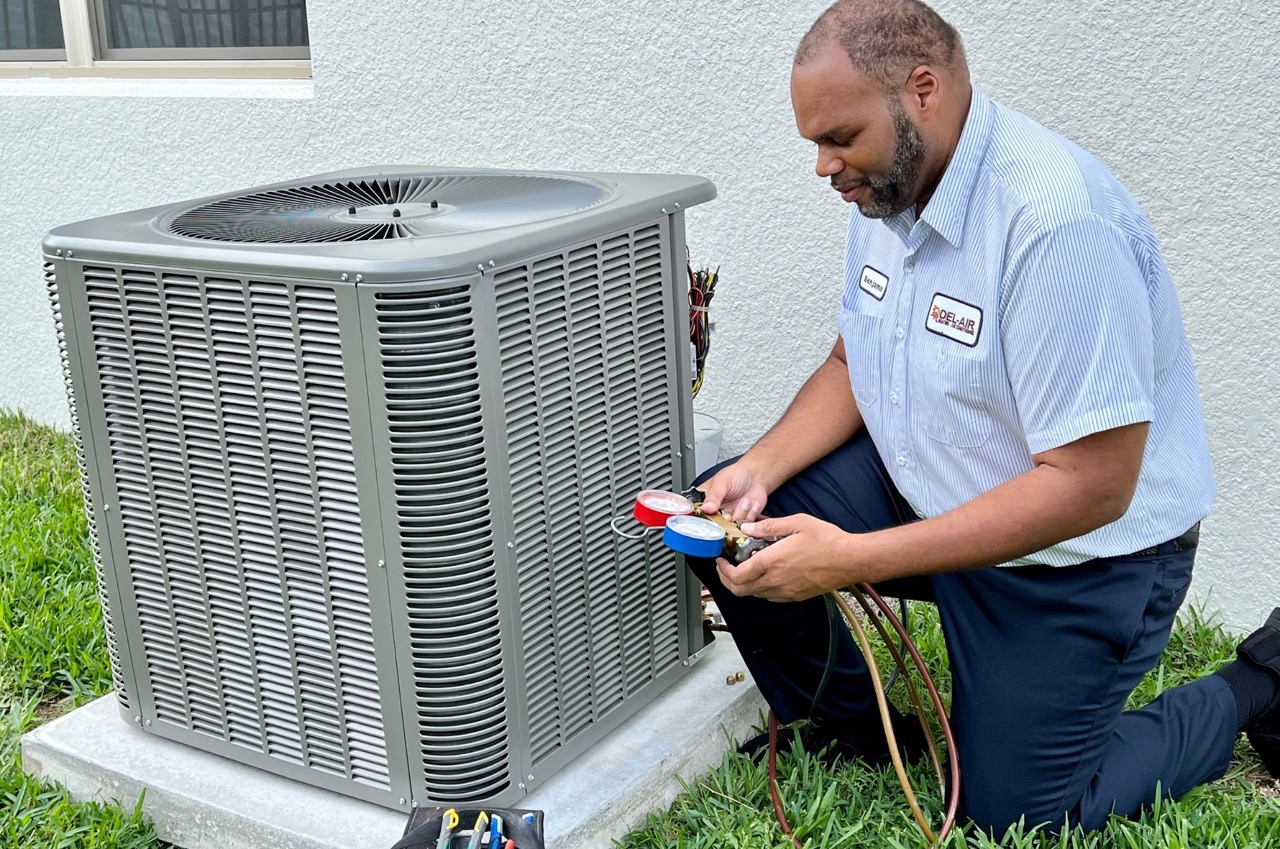
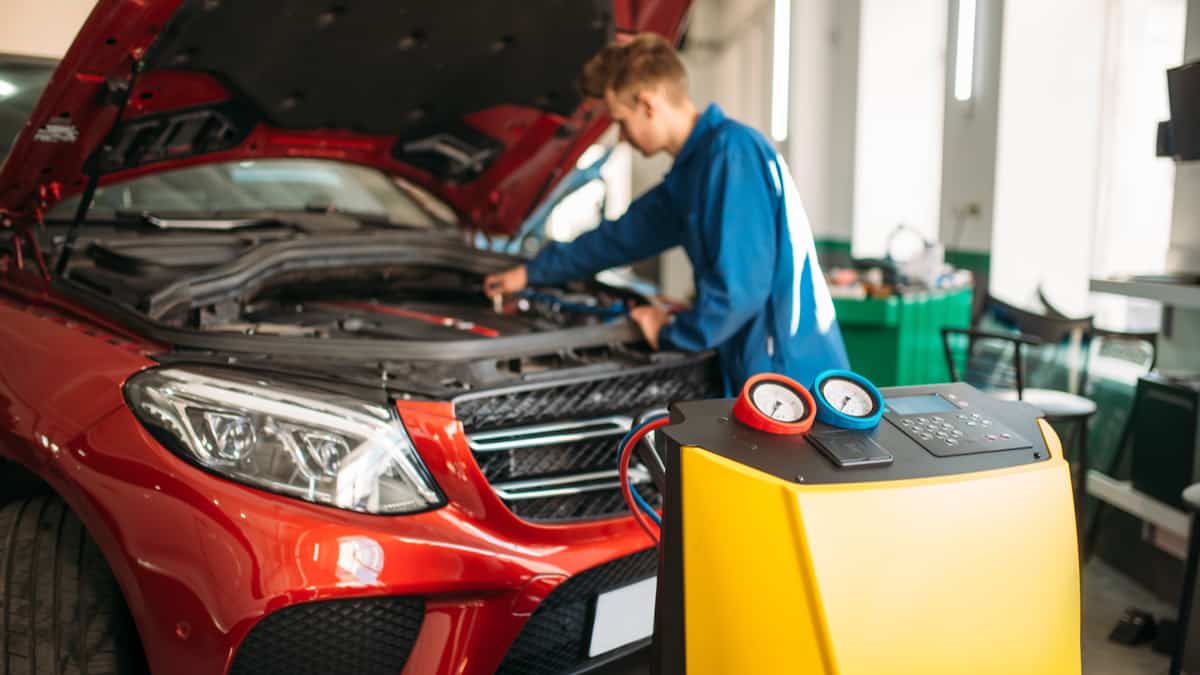
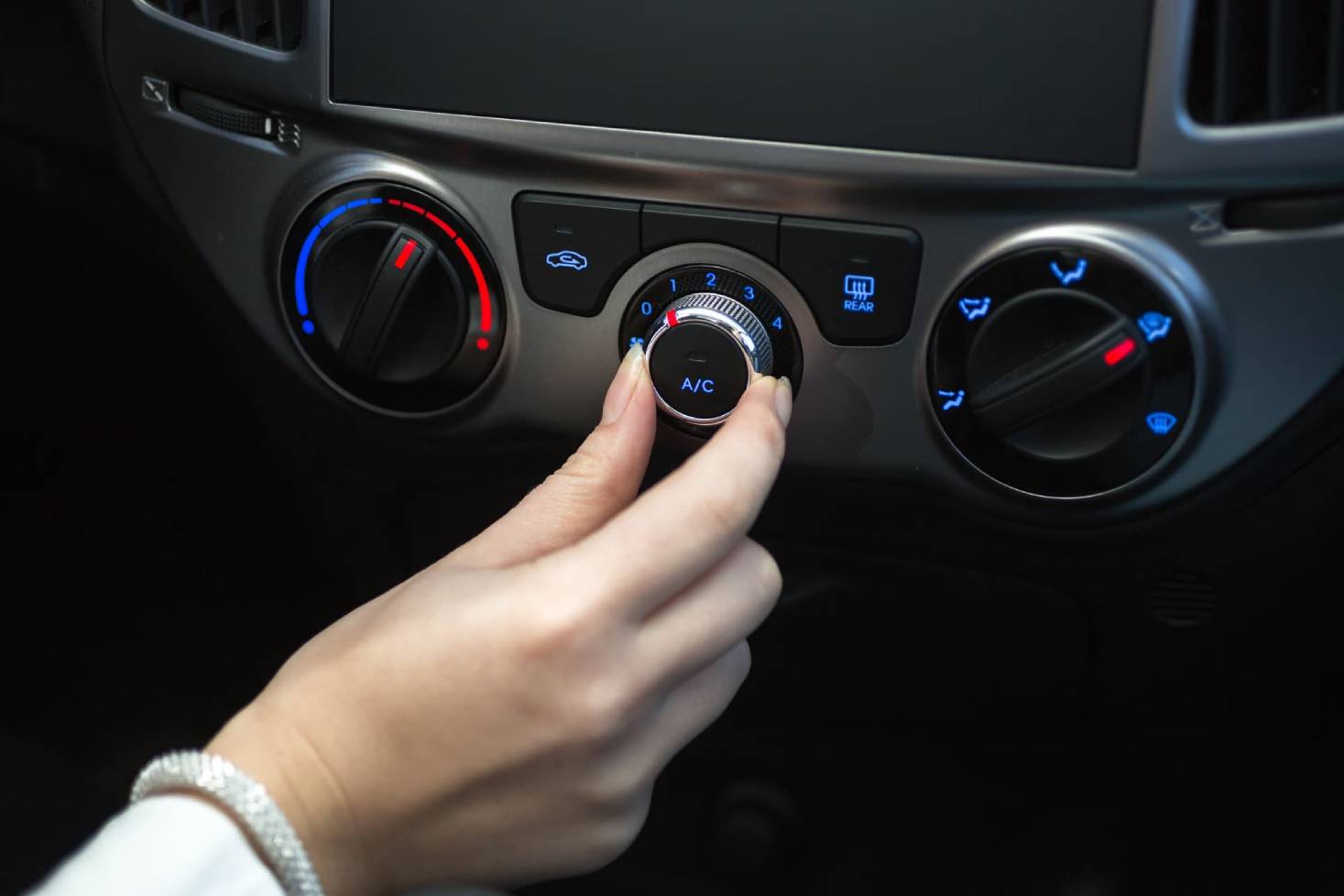
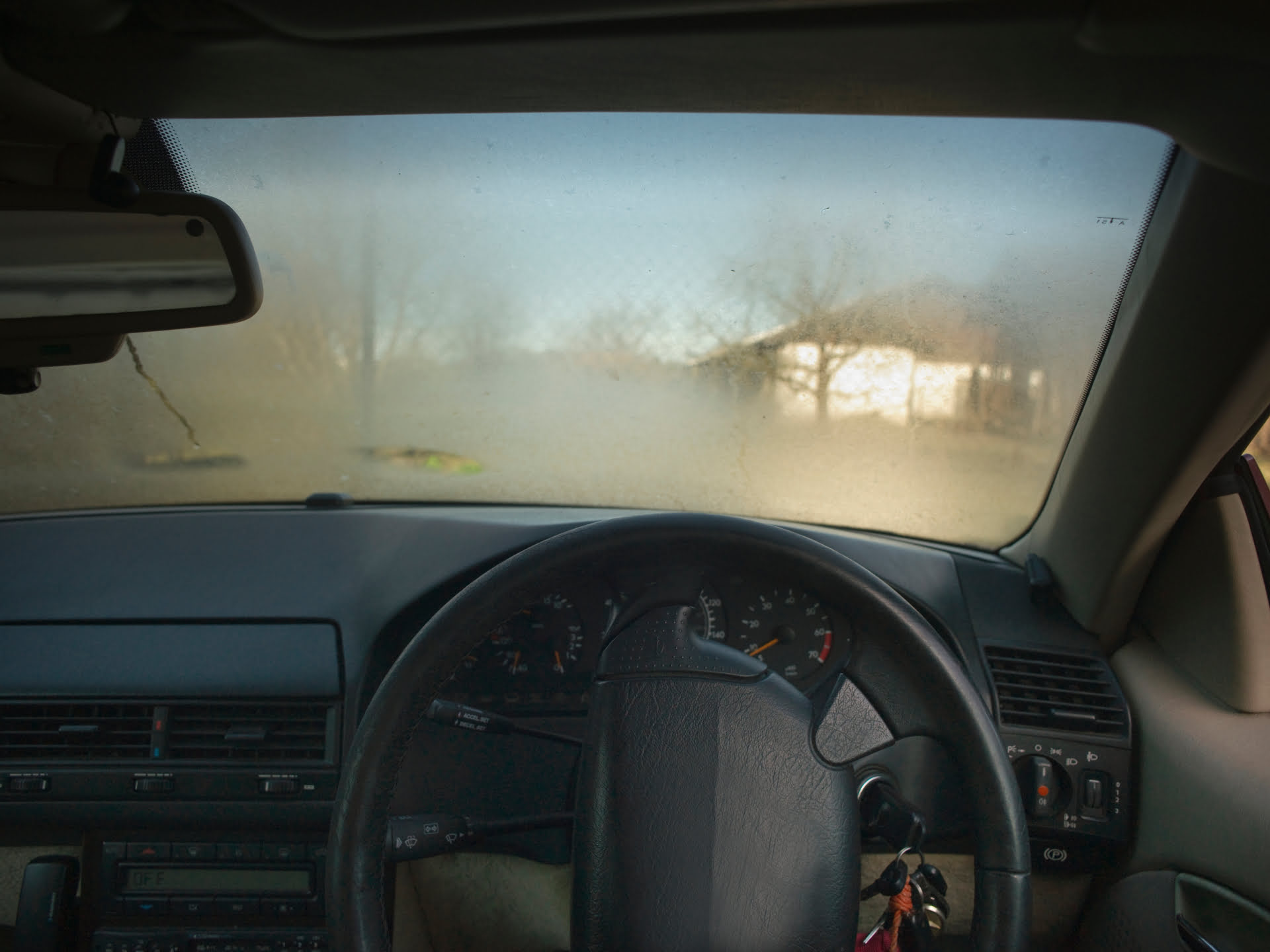
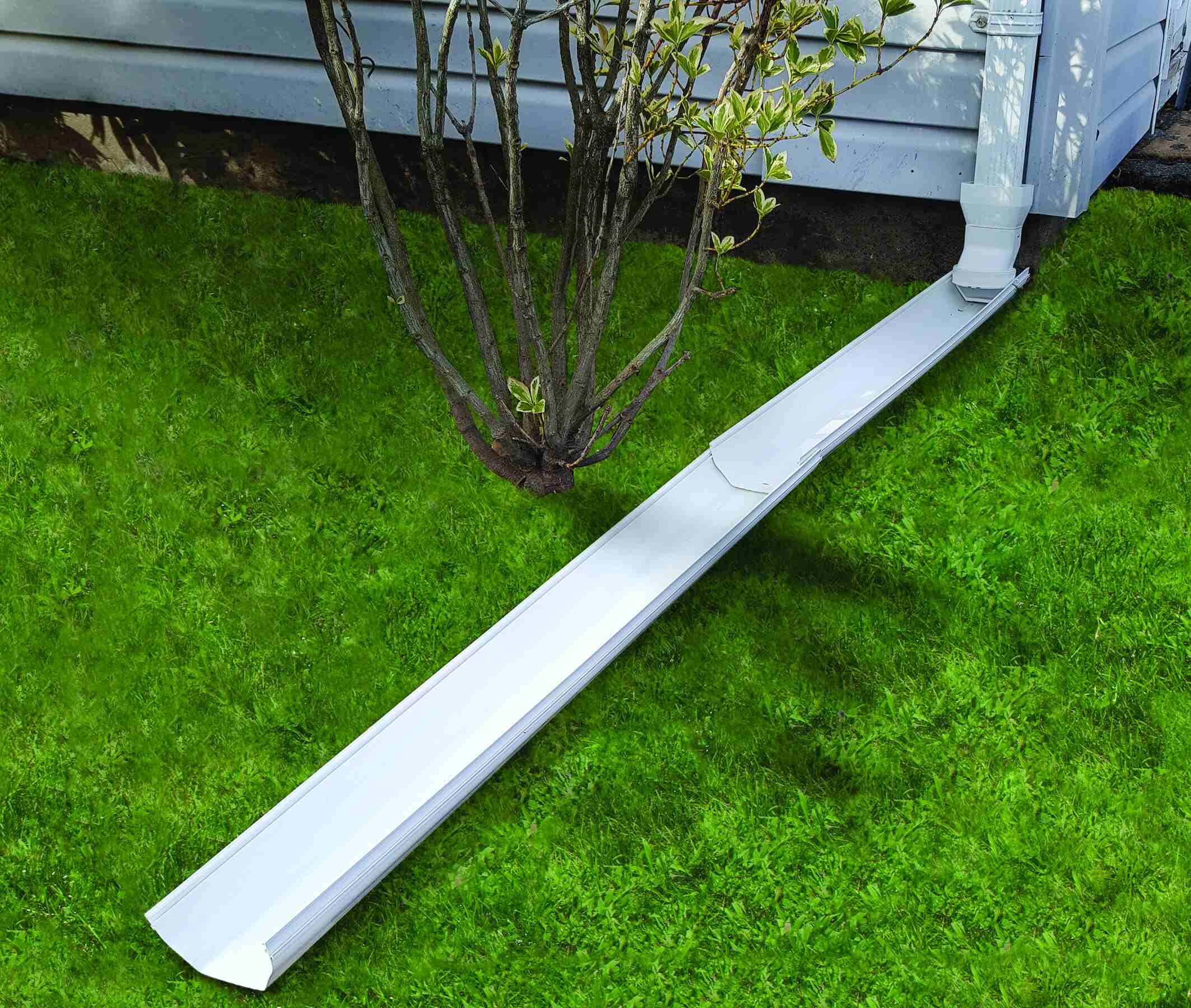
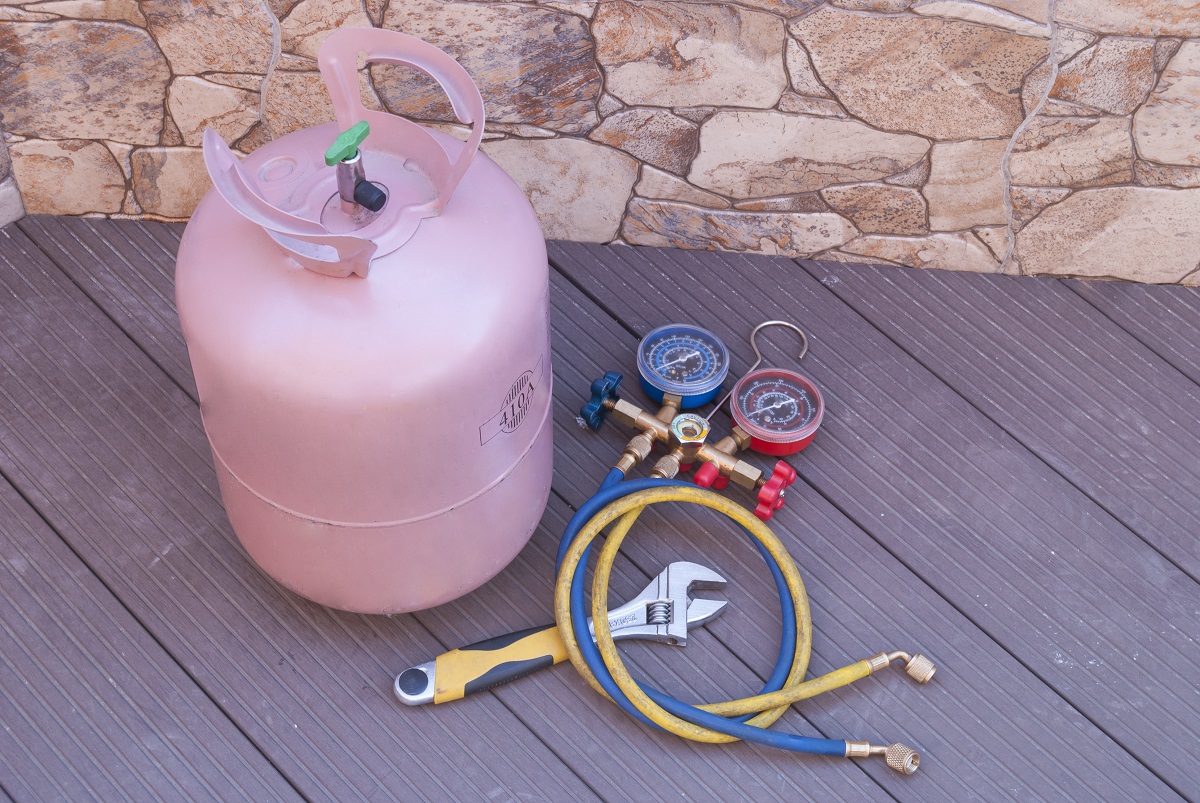
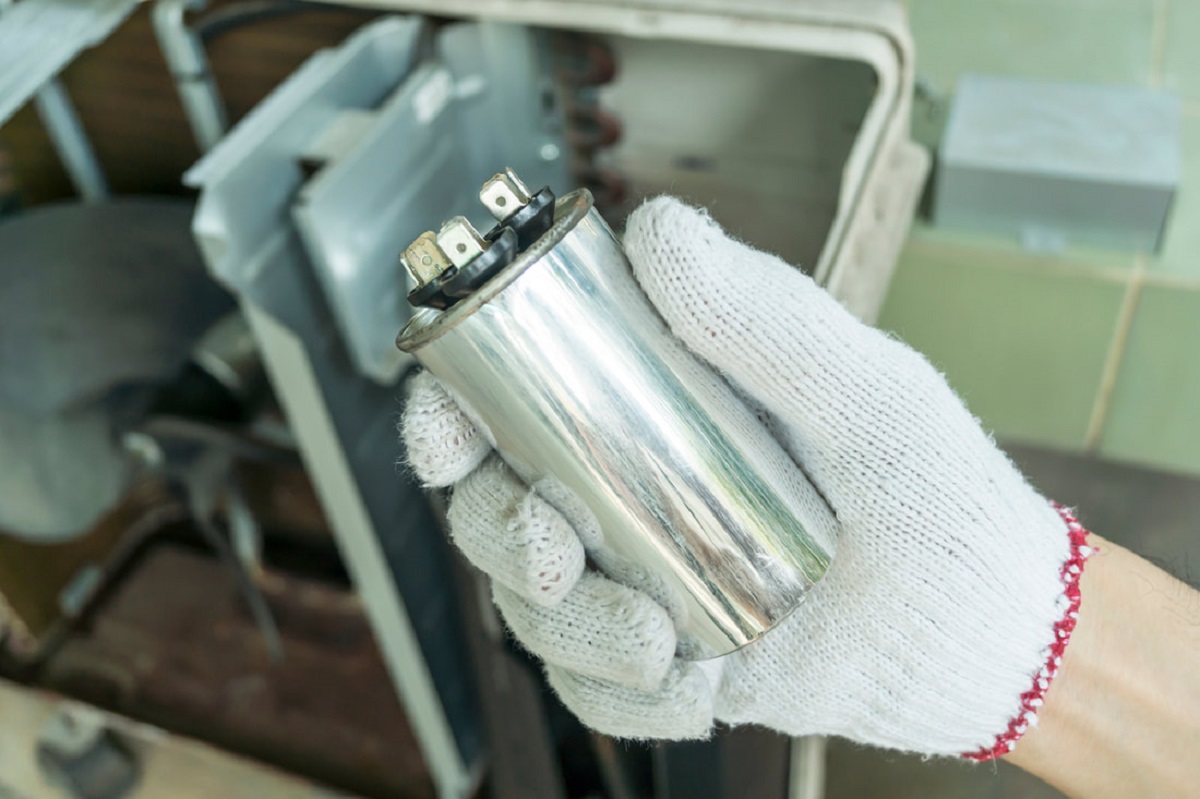

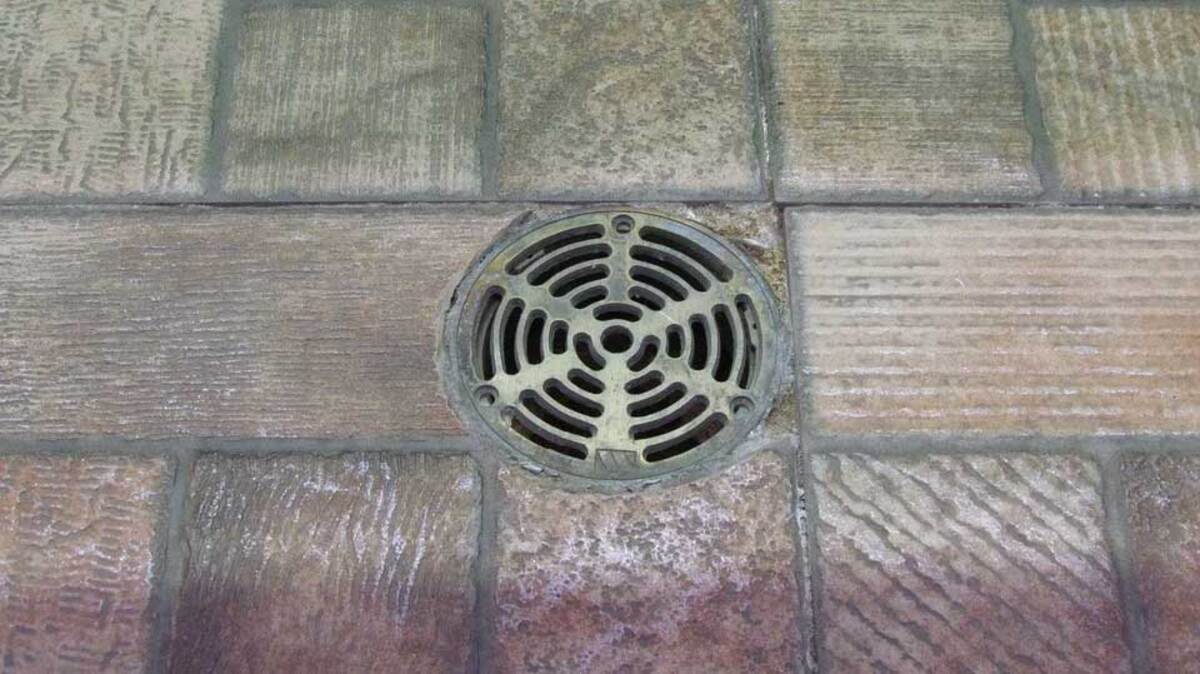
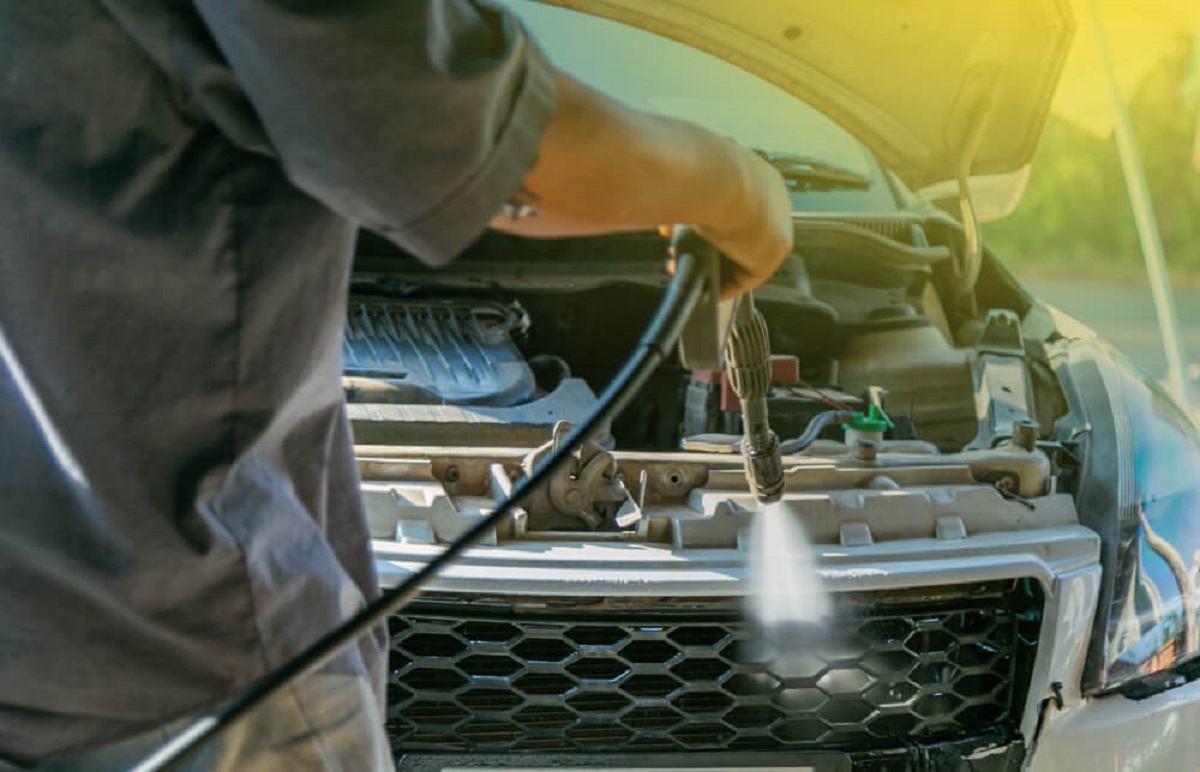
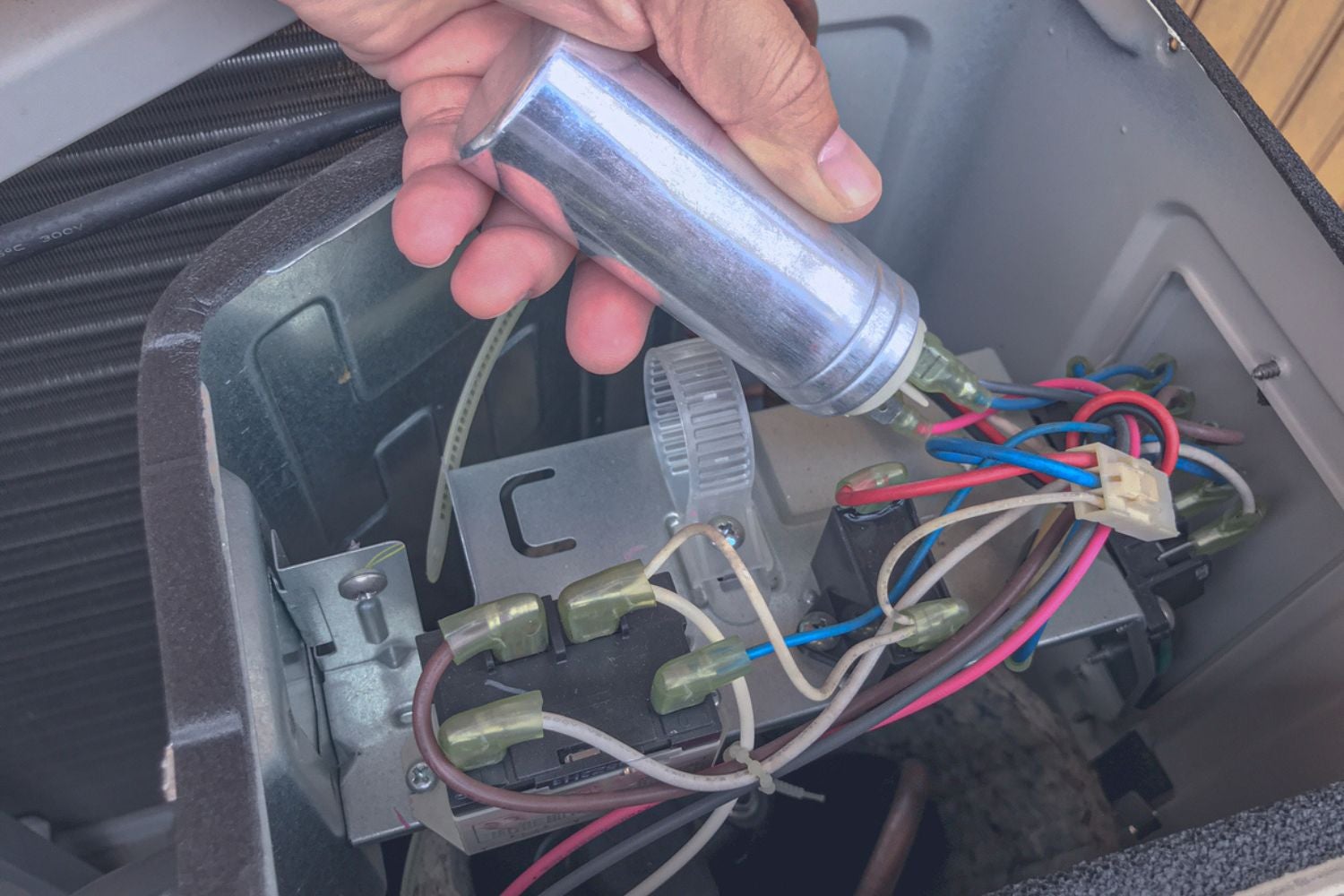
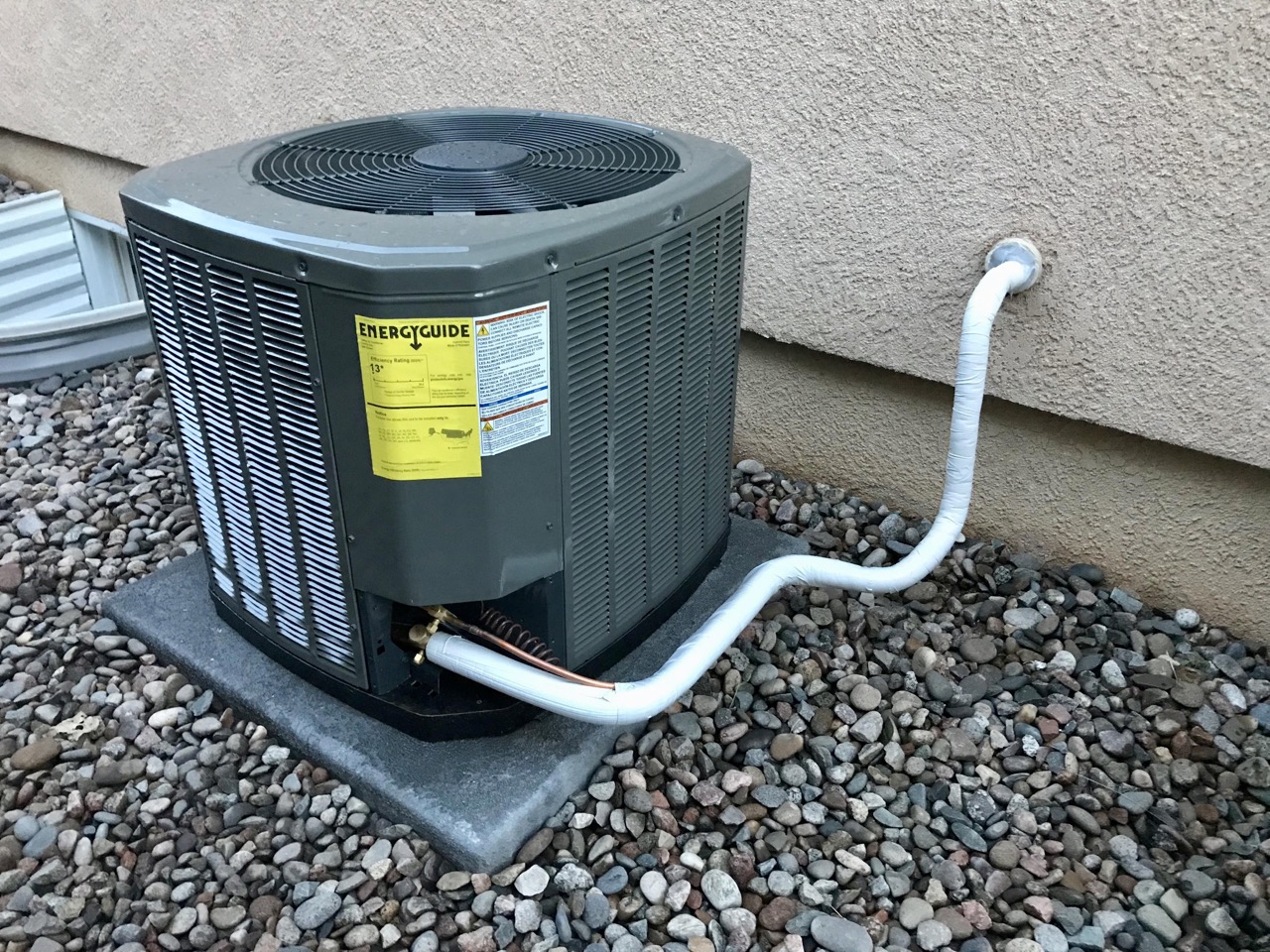
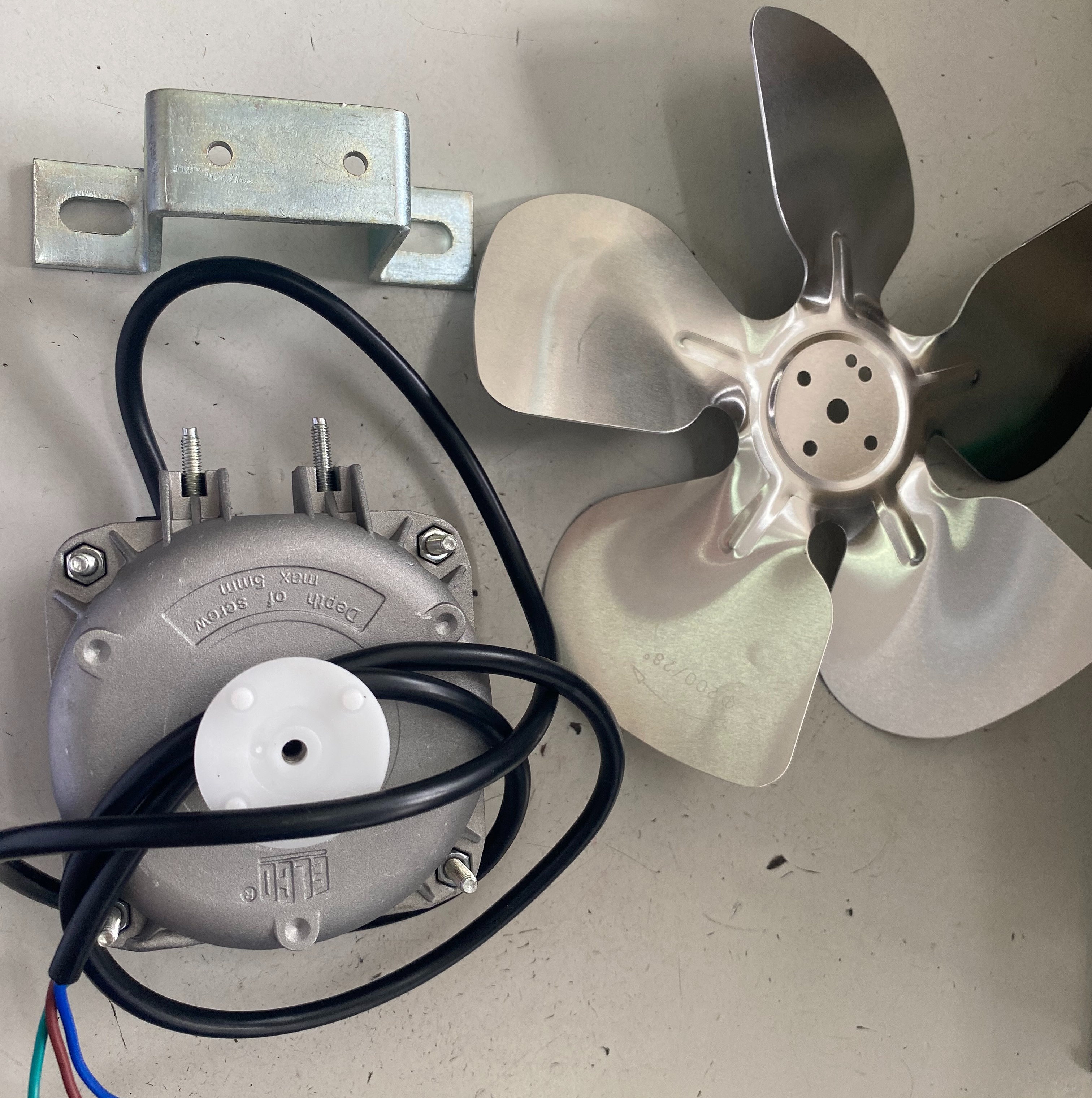

0 thoughts on “Where Do I Drain My AC Condensate?”